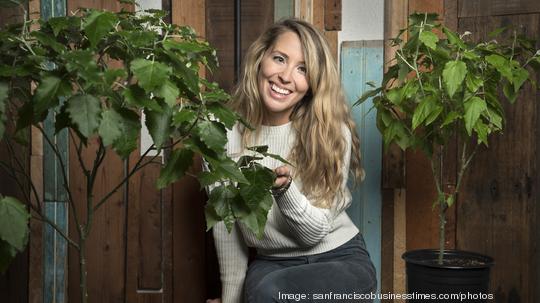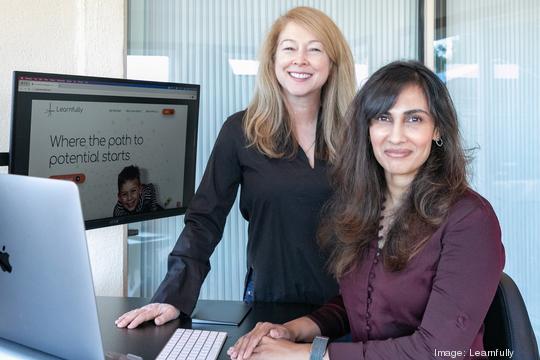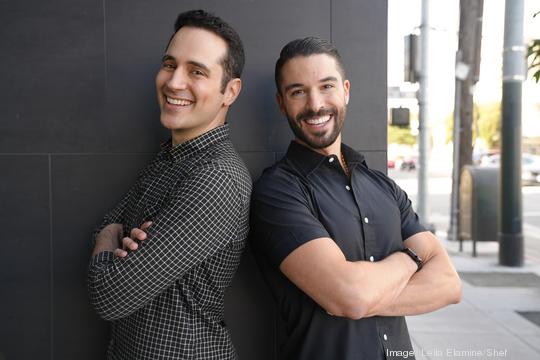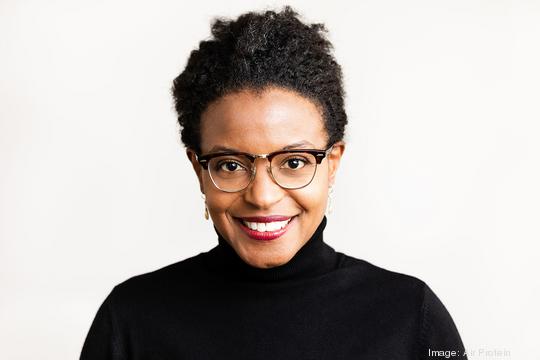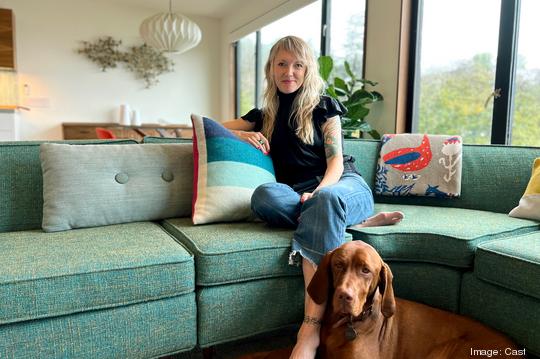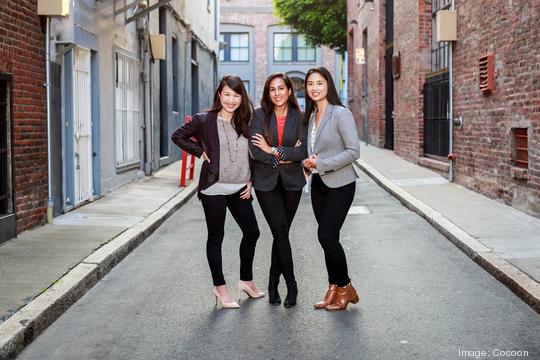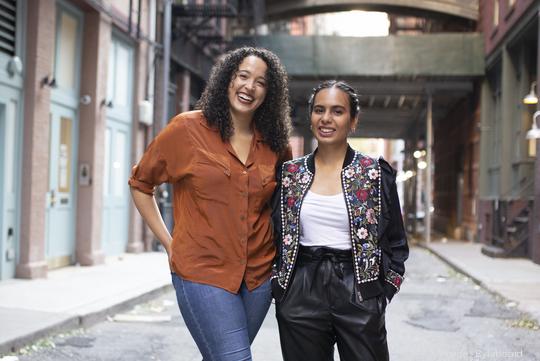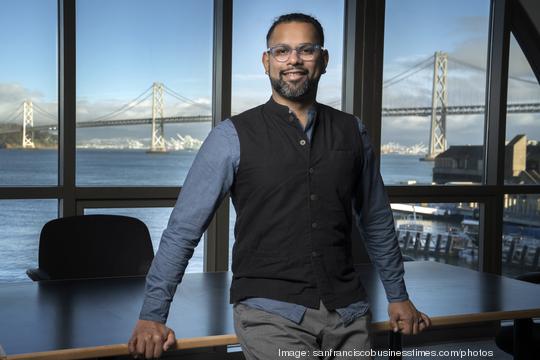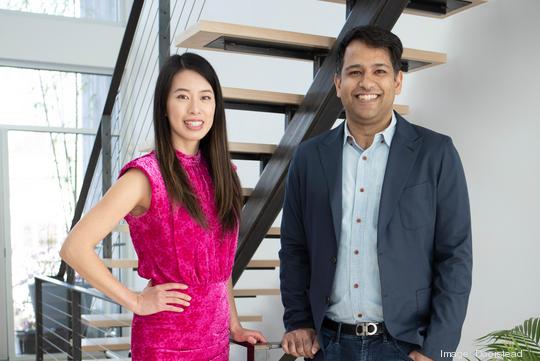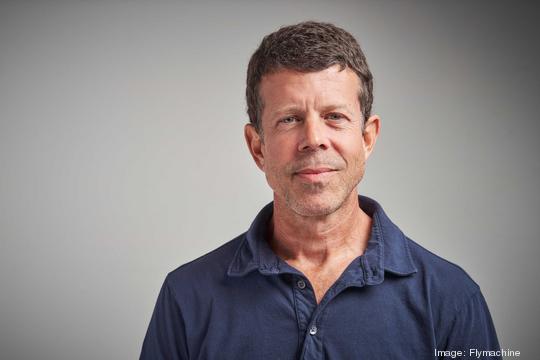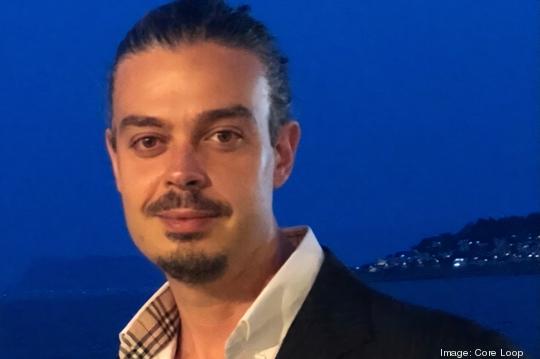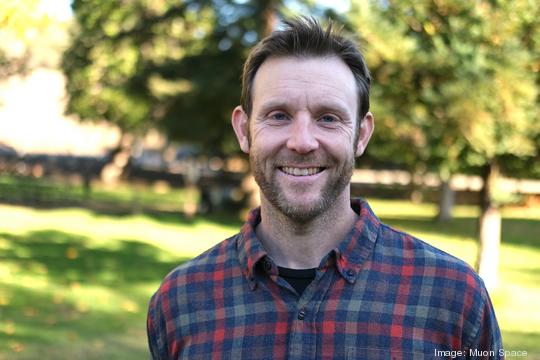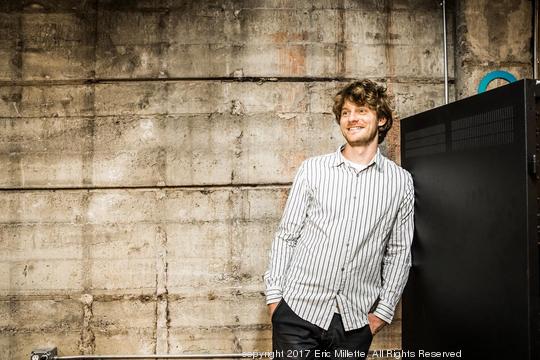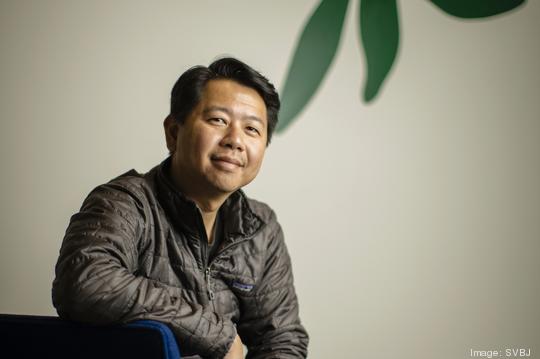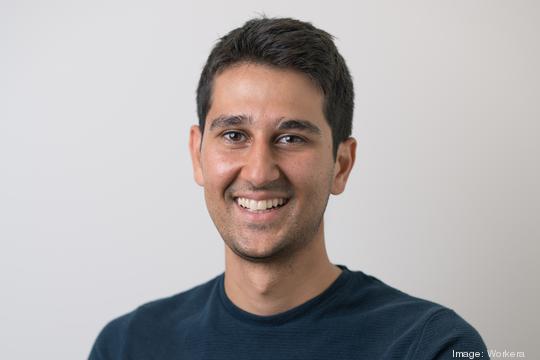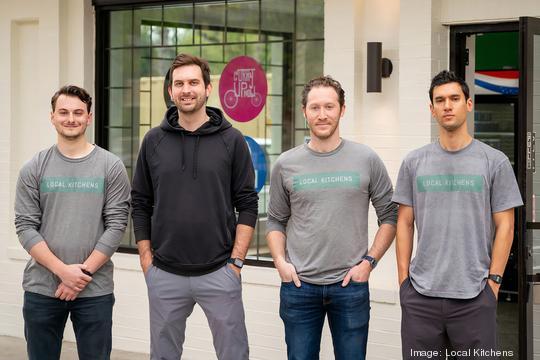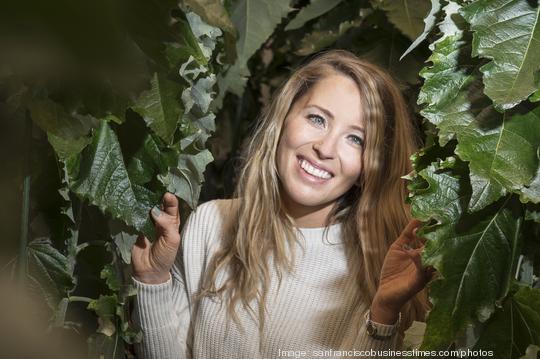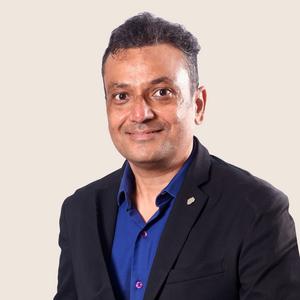Despite doing it for millions of years, trees are relatively inefficient at capturing carbon.
Living Carbon says it has taken a big step toward changing that. The San Francisco startup published research on Wednesday showing that it has developed a way to make the photosynthesis process better so leaves and their woody stalks can catch up with the pace of human-created emissions.
Doing so can help a tree not only capture more carbon dioxide from the atmosphere but also store it for longer periods, both crucial elements in the global race to cut emissions over the next several decades.
The company also announced a four-year partnership with Oregon State University to field test its trees, as well as $15 million in new funding from investors including Felicis Ventures' Aydin Senkut, Lowercarbon Capital, Goat Capital, Prelude Ventures, Floodgate, MCJ Collective, Homebrew Ventures and EQT Foundation. Several angel investors — including Kimball and Christiana Musk, Scott Belsky, Albert Wenger, Susan Danziger and Matt Brezina — also participated.
Living Carbon, one of the Business Times’ 2022 Startups to Watch, had previously received a $500,000 grant from the U.S. Department of Energy.
"Our goal is to draw down two percent of global emissions by 2050 using approximately 13 million acres of land,” CEO Maddie Hall said in a statement. “Today’s research is just the first step in demonstrating how empowering ecology, through the responsible use of biotechnology in trees, can be a scalable and viable solution to the climate crisis.”
The company uses synthetic biology to insert genes from one plant into another to create a hybrid tree, and it will be working with the College of Forestry at Oregon State to monitor them in a field test. They have already planted more than 670 trees in Corvallis, Oregon, where students and professors will monitor their progress. Around two-thirds of the trees in this field study are photosynthesis-enhanced.
Living Carbon currently works with Poplar and Loblolly Pine saplings.
Hall founded the company in 2019 to tackle climate change and become a “biotech climate hub,” she told me in January.
Beyond photosynthesis, the company also said in a blog post that it has developed a way to enable trees to increase the amount of heavy metals absorbed by their roots, simultaneously slowing decay and removing toxic metals from the ground.
"Our seedlings are unique in their ability to grow on land with high nickel and copper concentration, such as reclamation and abandoned mine sites. We already have a pipeline of over 3,000 acres of abandoned mineland to bring investment to former mining communities and regenerate land that is too toxic for other plants," the blog post says.
And in the white paper published on Wednesday, Living Carbon said that its hybrid trees grew 53% larger than a control group. They do this by recycling "a toxic byproduct of photosynthesis with less energy, capturing more CO₂ over time.”
Check out our other Startups to Watch in the gallery below.
Startups to Watch 2022
Learnfully
Founded: 2020
Founders: Letha McLaren, left, and Suchi Deshpande
What it does: Provides service to help parents and caregivers of kids with neurodivergent conditions
HQ: Redwood City
Employees: 25
Total funding: $1.25 million
Investors: Figure Eight Investments, Goodwater Capital, Incite Ventures, Divergent Investments
Click here to read more
Tina Case
SummerBio
Founded: 2020
Founders: Dave Scheinman and Sasha Seletsky (pictured)
What it does: Provides Covid-19 tests to schools and universities
Headquarters: Menlo Park
Employees: 75
Total raised: $8 million
Investors: Toyota Ventures, Intel Capital, Capricorn Investment Group, 8VC
Click here to read more
SummerBio
Fable
Founded: 2019
Founder: Padmasree Warrior
What it does: Social network for users to buy, read and discuss books online
Headquarters: Palo Alto
Employees: 25
Total raised: $28.8 million
Investors: Tiger Global Management, Calm Ventures, Redpoint Ventures, Gaingels, Breyer Capital, Defy.vc
Click here to read more
Tomas Ovalle / Silicon Valley Business Journal
Shef
Founded: 2019
Founders: Alvin Salehi and Joey Grassia
What it does: Provides food delivery services for independent cooks
HQ: San Francisco
Employees: 80
Total funding: $29 million
Investors: Aarón Sánchez, Andre Iguodala, Katy Perry, Orlando Bloom, Padma Lakshmi, Tiffany Haddish, Stacy Brown-Philpot, Y Combinator, a16z, M13, Craft Ventures, Max Mullen (Instacart), Brandon Leonardo (Instacart), Evan Sharp (Pinterest) and Naval Ravikant
Click here to read more
Leila Elamine/Shef
Air Protein
Founded: 2019
Founders: CEO Lisa Dyson (pictured) and Chief Science Officer John Reed
What it does: Developing a process to pull carbon dioxide out of the air and turn in into food
HQ: Pleasanton
Employees: 50+
Total funding: $32 million
Investors: ADM Ventures, GV, Barclays, GingerBread Capital, Plum Alley Investments, Primera Capital, Radicle Impact, Unreasonable Group
Click here to read more
Leigh Nile Photography
Cast
Founded: 2021
Founders: Acting CEO Eric Ryan and Chief Creative Officer Rachel Skelly (pictured)
What it does: Designs and sells a line of luxury jewelry targeted toward women buying for themselves via direct-to-consumer platform
HQ: Marin County
Employees: 14
Total funding: $17 million
Investors: True Ventures, Base Ventures, Eric Ryan and other individual investors
Click here to read more
Cast
Cocoon
Founded: 2020
Founders: CEO Mahima Chawla, COO Lauren Dai and CTO Amber Feng
What it does: Developing a platform to streamline employee leave benefits
HQ: San Francisco
Employees: 32
Total funding: $26 million
Investors: Dash Fund, Magnify Ventures, SemperVirens Venture Capital, XYZ-Ventures, First Round Capital, Index Ventures
Click here to read more
Cocoon
Byteboard
Founded: 2019
Founders: CEO Sargun Kaur and Chief Product and Technology Officer Nikke Hardson-Hurley
What it does: Developing a hiring platform for technical workers
HQ: San Francisco
Employees: 8
Total funding: Undisclosed
Click here to read more
Byteboard
Journey Colab
Founded: 2020
Founders: CEO Jeeshan Chowdhury
What it does: Develops drug therapies derived from psychedelics
HQ: San Francisco
Employees: 4
Total funding: $16 million
Investors: Andrew Houston, Delphi VC, Lionheart Ventures, MBX Capital, Uprising, Apollo Projects
Click here to read more
LiPo Ching | San Francisco Business Times
Doorstead
Founded: 2019
Founders: CEO Ryan Waliany and COO Jennifer Bronzo (both pictured) and CTO Philip Lee
What it does: Provides a property management platform that guarantees owners income and cuts down on vacancies
HQ: San Francisco
Employees: 100
Total funding: $17 million
Investors: Madrona Venture Group, M13, Hustle Fund, Lior Ron (Uber Freight), Eric Wu (Opendoor), Tom Willerer (Opendoor), Jason Droege (Uber Eats), Court Lorenzini (Docusign), and Gokul Rajaram (Doordash)
Click here to read more
Doorstead
Flymachine
Founded: 2020
Founders: CEO Andrew Dreskin (pictured), Chief Experience Officer Richard Farman and CTO Matthew Davis
What it does: Provides a livestreaming platform for concerts
HQ: Berkeley
Employees: 37
Total funding: $21 million
Investors:
Greycroft Partners, Signalfire, Primary Venture Partners, Contour Ventures and Red Sea Ventures
Click here to read more
Flymachine
Revelle Aesthetics
Founded: 2020
Founders: Earl Bright, Josh Makower, Jonathan Podmore; CEO Caroline Van Hove is pictured
What it does: Produces a device to reduce cellulite
Headquarters: Mountain View
Employees: 35
Total raised: Undisclosed
Investors: New Enterprise Associates, KCK MedTech
Click here to read more
Carmen Holt
Core Loop
Founded: 2020
Founders: CEO Vincenzo Alagna (pictured) and President/Chief Product Officer Dan Chao
HQ: Oakland
Employees: 15
Total funding: $14.6 million
Investors: Andreessen Horowitz, 1Up Ventures, Dune Ventures, Galaxy Interactive, Initial Capital, Sisu Game Ventures
Click here to read more
Core Loop
Muon Space
Founded: 2021
Founders: Paul Day, Jonathan Dyer (pictured), Dan McCleese, Reuben Rohrschneider, Pascal Stang
What it does: Builds satellites and sensors that an organization needs to gather the Earth's data
Headquarters: Mountain View
Employees: 22
Total raised: $10 million
Investors: Costanoa Ventures, Space Capital, Congruent Ventures, Ubiquity Ventures, South Park Commons, Climactic
Click here to read more
Muon Space
You.com
Founded: 2020
Founders: Bryan McCann, Richard Socher (pictured)
What it does: Privacy-focused search engine that's more individualized
Headquarters: Palo Alto
Employees: Undisclosed
Total raised: $20 million
Investors: TIME Ventures, Breyer Capital, Day One Ventures, Sound Ventures
Click here to read more
ERIC MILLETTE
PrizePool
Founded: 2019
Founders: Franklyn Chien (pictured), Joe Woo
What it does: Helps people save money through a "savings lottery"
Headquarters: Palo Alto
Employees: 13
Total raised: $14.33 million
Investors: Bling Capital, Accomplice VC, M13, SciFi VC, World Innovation Lab, 8VC, Hustle Fund, Brighter Capital, Iterative Accelerator, NextView Ventures, Secocha Ventures, Coatue Management
Click here to read more
Tomas Ovalle / Silicon Valley Business Journal
Workera
Founded: 2020
Founders: Kian Katanforoosh (pictured), James Lee
What it does: Improve skills training for engineers and tech professionals
Headquarters: Palo Alto
Employees: 43
Total raised: $21 million
Investors: New Enterprise Associates, AI Fund, Owl Ventures
Click here to read more
Workera
Overflow
Founded: 2019
Founder: Vance Roush
What it does: Provide tool for people to donate stocks and cryptocurrency to various entities
Headquarters: San Jose
Employees: 32
Total raised: $13.5 million
Investors: Craft Ventures, Salesforce Ventures, R7, Uncork Capital, Village Global
Click here to read more
Tomas Ovalle / Silicon Valley Business Journal
Local Kitchens
Founded: 2020
Founders: CTO Jordan Bramble, left, CEO Jon Goldsmith, second from left, COO Andrew Munday, right, pictured with head of operations Matt Rudofker
What it does: Operates small, restaurant-sized food courts that offer selections from multiple restaurants for takeout, delivery or on-site dining
HQ: San Francisco
Employees: 28 full-time, 161 total
Total funding: $28 million
Investors: Fifth Wall, General Catalyst, Penny Jar Capital, Pear, David Novak, Jack Dorsey and Tony Xu
Click here to read more
Local Kitchens
Living Carbon
Founded: 2019
Founders: CEO Maddie Hall (pictured), CTO Patrick Mellor
What it does: Bioengineers trees to absorb more carbon dioxide quicker
HQ: San Francisco
Employees: 12
Total funding: Undisclosed
Click here to read more
LiPo Ching | San Francisco Business Times
